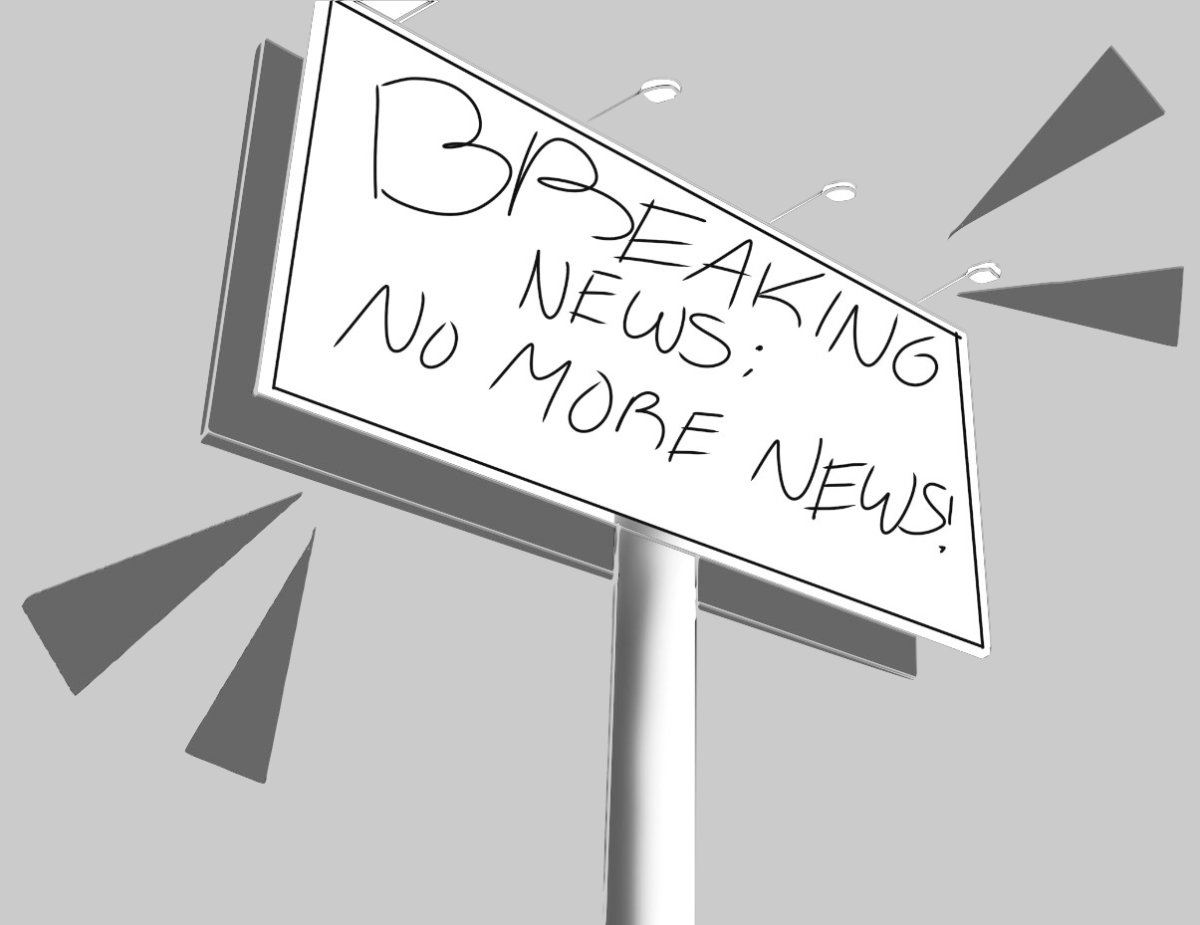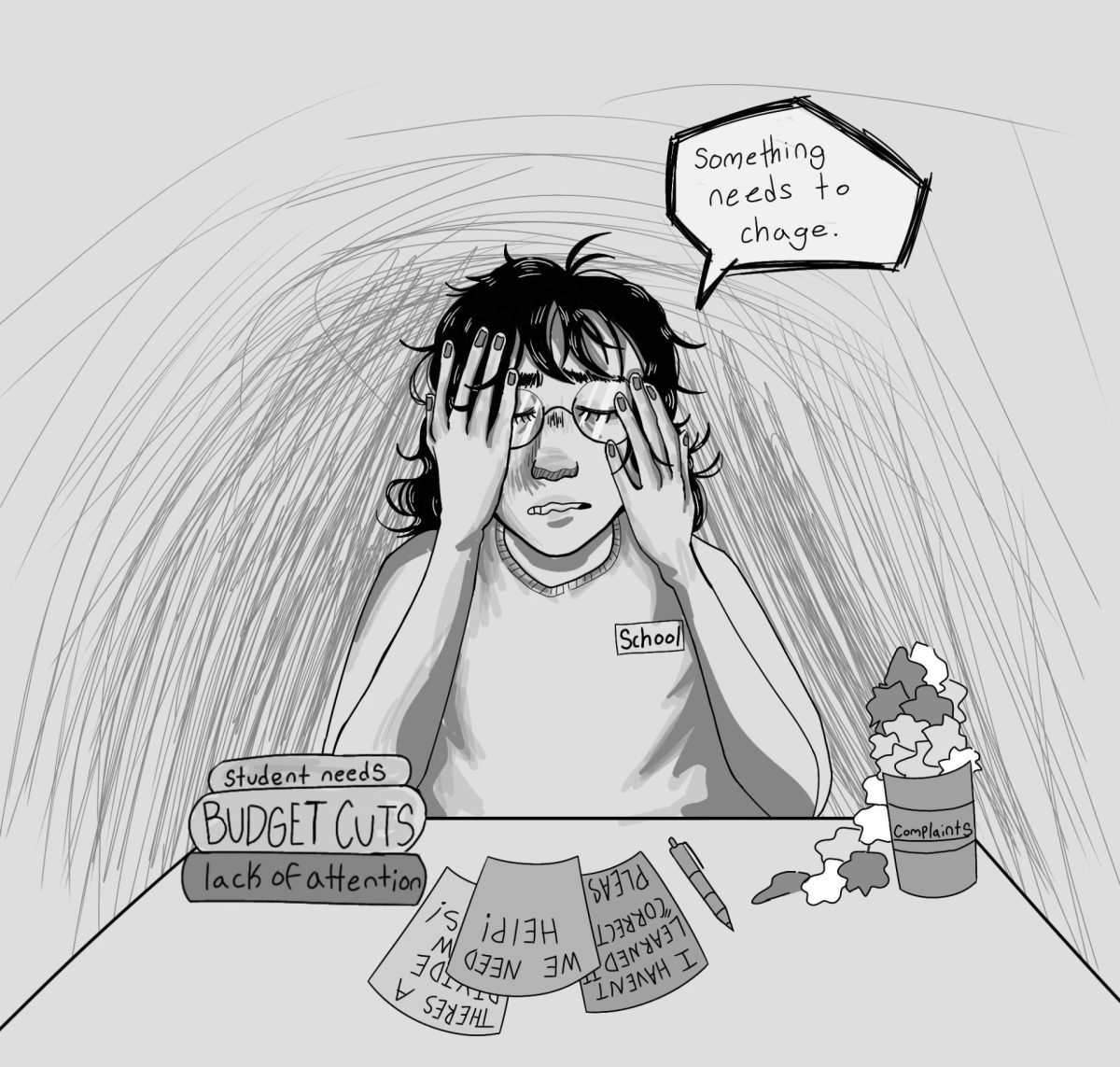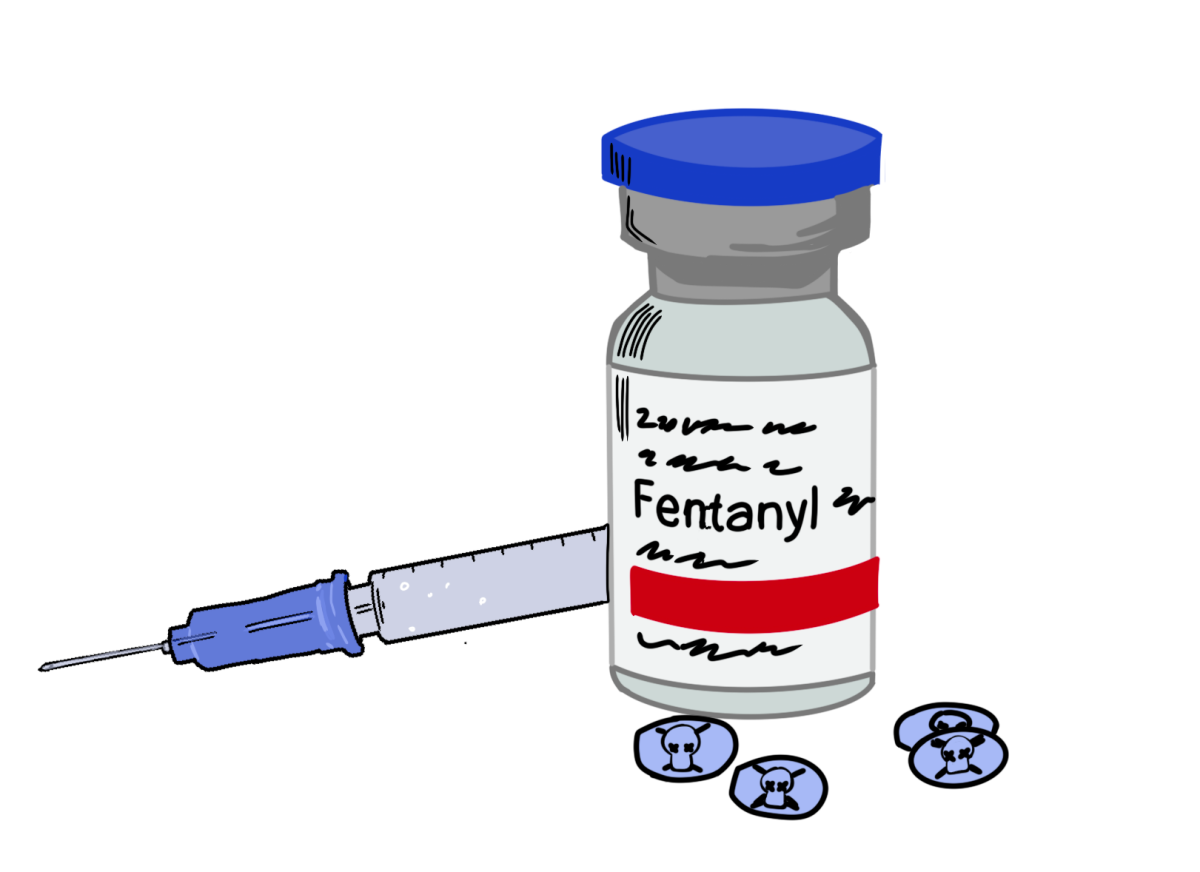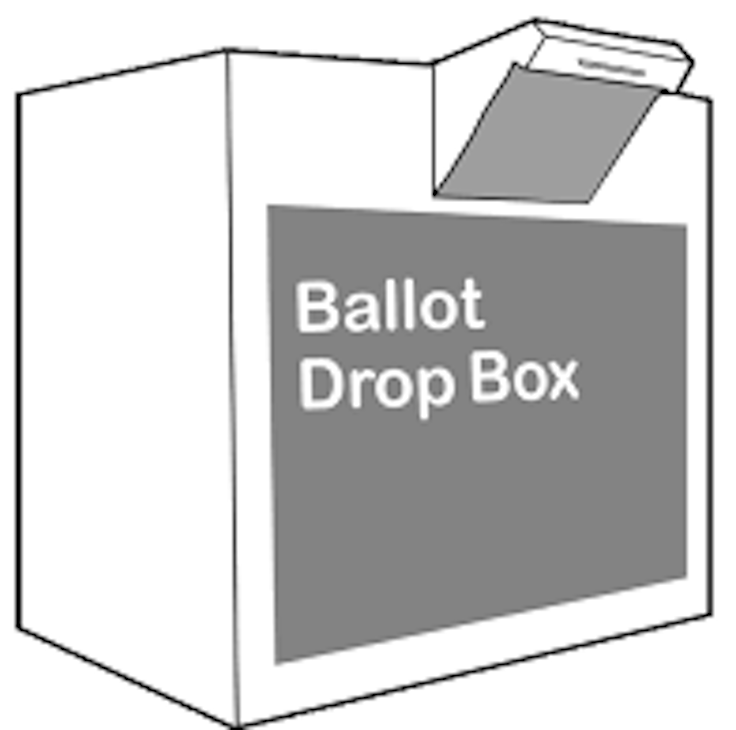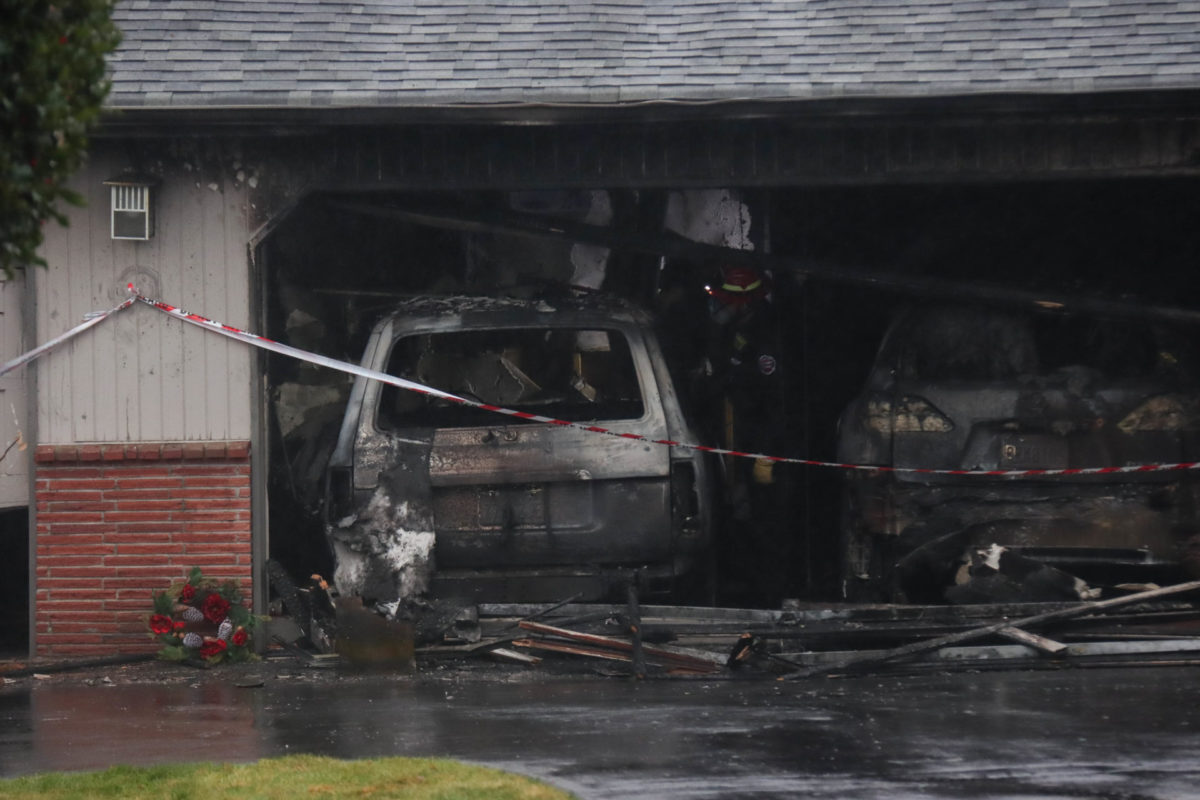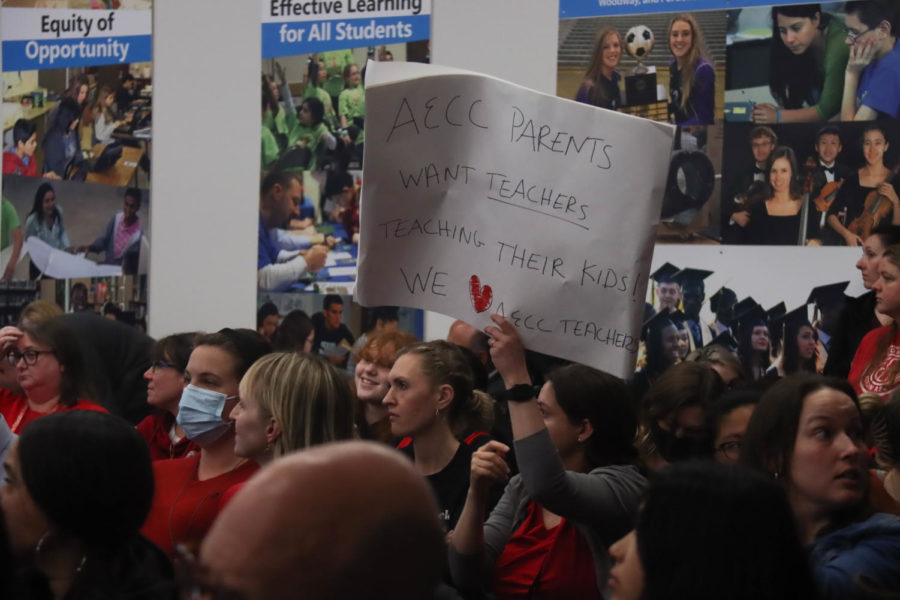An extensive light rail system has been a long time coming in Seattle, but it seems the new millennium has finally ushered in some action out of the political quagmire that has surrounded public transit in our fair city.In the summer of 2003, Sound Transit opened a line of passenger trains that connected Downtown Tacoma with a transit hub near the Tacoma Dome that carries 3,900 riders daily, almost double the projected ridership. On July 18th of this year, a 14 mile line extending from Westlake Center in Downtown Seattle to Tukwila Station was opened to the public. An extension of this line that ends at SeaTac airport is scheduled to open before the end of the year, and voters have approved an additional project to provide service to the University of Washington starting in 2016. Plans for passenger rail down the I-5 corridor north of Seattle have been proposed, but a final vote has yet to be cast on the matter.
Charlie Rhinehart, Edmonds resident and CT commuter, thinks Seattle is on the right track with the latest transit improvements. “It’s something I wish we would have had twenty years ago,” he says, and he’s not the only one to think so.
The proposed North Link would bring commuters into Seattle from Northgate in just 13 minutes regardless of weather or traffic conditions. Anyone who has attempted this drive on a weekday morning knows that number is nothing to scoff at. Inrix Inc., a national traffic-information provider based in Kirkland, has rated Seattle as the ninth most traffic-congested metropolis in the US (Los Angeles was number one), however, Seattle is only the 25th most populous city.
There is no question that the implementation of widespread passenger rail will alleviate some of the struggle faced by Seattle commuters every morning and afternoon, but concerns have been voiced about the cost-effectiveness such a project. The Westlake-Tukwila Link alone was a $2.3 billion project, and the 3 mile University Link is budgeted at $1.9 billion. If the North Link is approved, construction costs are estimated at a whopping $18 billion. Emory Bundy of the quarterly publication Open Spaces argues that rail’s expensive infrastructure makes it a less sensible and overly-complicated solution to traffic congestion, and proposes workplace incentives towards carpooling in addition to an extension of vanpool services like the one offered by King County METRO.

